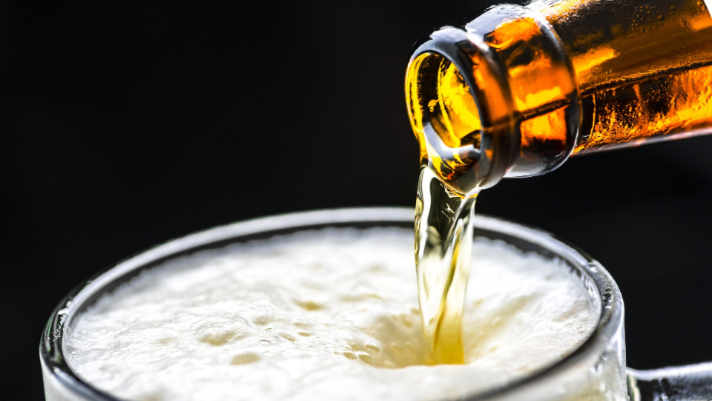A Crash Course in Craft Beer Terminology

If you’re looking to get into the world of craft beers, flinging yourself headfirst into an extensive tap list at a craft beer restaurant is one way to spend money on beer you won’t like. Instead, with a little basic knowledge of craft beer terminology, you can hone your tastes by focusing on beers you’re likely to enjoy, and then expanding outwards to get more adventurous from there. Consuming good craft beer is often a voyage of discovery for many restaurant goers, with more than 84% of craft beer drinkers saying that discovering new beers was an important part of their experience.
Before we begin, you should know that there are good craft beers of every type, and any knowledgeable taptender should be able to help make recommendations based on what you know you already enjoy. Most of the time, these taptenders are excited to talk about beer, so don’t be embarrassed to ask questions to help you find the right beer for you.
Ales
Brewed with barley malt and fermented at relatively high temperatures, and with top fermenting yeast, ales are able to take on fruitier flavors. Among the most versatile of craft beers, ales are able to be produced in a wide variety of colors, palettes, and alcohol contents.
Hops
A climbing plant similar to a grape vine, hops are the bittering balance that work in contrast to the malt in order to provide good craft beers with a balanced and full-bodied flavor. Hops contain resins, which contribute to bitterness, while oils can contribute to taste and aroma.
India Pale Ale
Most commonly referred to as an “IPA,” the India Pale Ale is characterized by its strong, hoppy taste. These beers’ origin dates back to when brewers struggled to make beer that would keep on the long journey from England to India, which they solved by adding hops to already fermented beer to help preserve it.
Lager
Made with bottom fermenting yeast and stored at lower temperatures than their ale counterparts, lagers are usually golden in color, but can be darker as well. The process of being stored in a cooler environment ensures that lagers are kept free of any imperfections, which aid in giving these craft beers their crisp, clean taste.
Malt
The other crucial ingredient in any good craft beers, malt refers to grains that are soaked in water until they’ve partially germinated. At this point, they are kilned. The starches they release can then be turned into fermentable sugar, which turns into alcohol and carbon dioxide with the addition of yeast. Malt is what gives beer its sweet flavor.
Porter
A roasted dark brew, porters are considered a slightly lighter companion to stouts. They are bottom-fermented, similar to a lager, and tend to be higher in alcohol content.
Stout
The darkest option on almost any craft beer list, a stout is an extra-dark beer, almost black in color. This color is achieved through the use of highly-roasted malts.
While this list is by no means a comprehensive guide to what you’ll find on the menu at a craft beer restaurant (we didn’t have time to get into fruit beers and sours), having a basic understanding of these basic craft beer terms can help you tell your taptender what you like, or perhaps more importantly, what you don’t like. One way to incorporate new tastes into your exploration of good craft beers is through flights. Rather than pouring a single pint of beer, flights are comprised of a series of smaller pours, typically 2-4 oz, that you choose with the guidance of your taptender. You can get the most out of your money by choosing one or two beers that might be a twist on something you like, and then using another pour or two to step outside of your comfort zone without having to waste money on a pint you don’t like.
What unexpected surprises have you found on a list of good craft beers? Let us know in the comments below!

